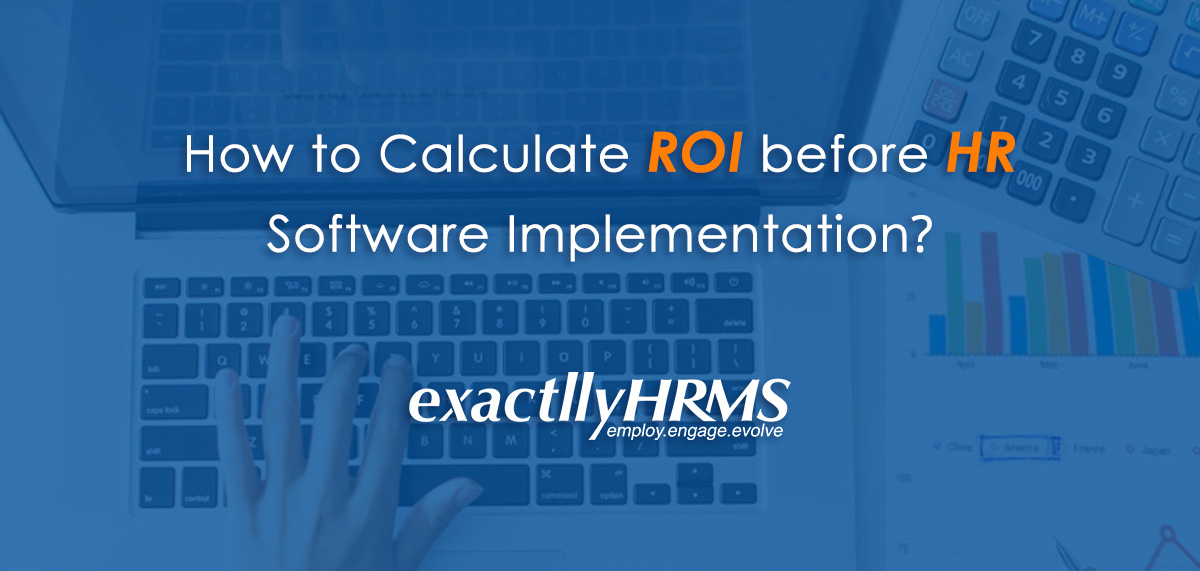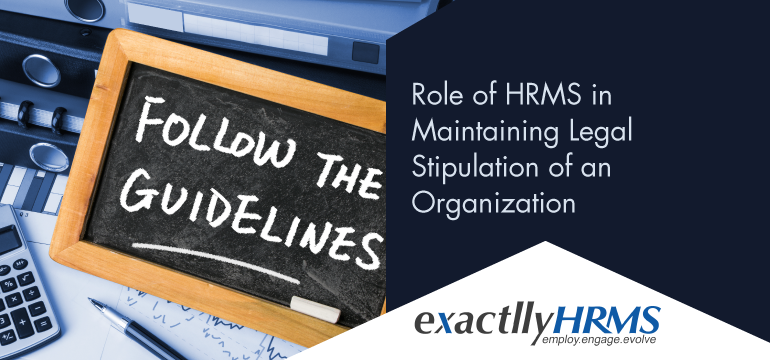Tracking Performance in In-house Training Programs
In-house Training Programs
One of the most important aspects of a human resource department is to oversee the training of employees. A company needs to have specific training programs in place in order to ensure that employees are constantly developing their skill sets. These skill sets can be critical to the success and growth of a company.
Why an HRMS is required for in-house Training Programs:
Training employees can be a complex and often difficult task. It is not humanely possible to manage all aspects related to training manually and that too, by a single HR manager. With that in mind, it is important to ensure that an HRMS module focused on training is used effectively. Most human resource management systems come with a training module and in fact, it is one of the more important modules within an HRMS.
Learning how you can track the training activities within an organization using HRMS is a goal that you should set at the beginning of implementation. As training is crucial to an organization’s success, using a good HRMS that focuses on tracking training activities is also important. After all, well-trained employees are an asset to an organization.
What does a training module within an HRMS do?
A training module within an HRMS tracks every aspect of training. It oversees how training is being conducted and if the trainer is doing everything he or she should be doing. It calculates and estimates the costs involved in training schedules. It helps HR departments to assess the results of training courses that are taken by employees.
If employees request, training courses can be rescheduled automatically. Tracking training locations, setting up calendars and automating assignments can all be done within an HRMS. Moreover, an HRMS helps a company track the required supplies and equipment for program members.
Employees can be connected to a skills profile in which they can test themselves on their skills and self-evaluate where they stand. It will help them to request specific modules in training for which they may lack skills. When they acquire those skills, their profiles are automatically updated with new information.
Assessing the performance of Trainees:
Trainers can use an HRMS to design training materials and make them available across departments. Trainers can oversee the progress of employees without having to be with them personally. HRMS ensures that all trainees are assessed and evaluated in a timely fashion so that their progress can be measured and analyzed from a larger perspective.
It becomes much easier to track attendance during training programs and also conduct interactions between trainers and trainees. Every training program must also have discussion forums that help trainees to discuss amongst themselves.
An HRMS’ training module can be tweaked to help trainees discuss issues and problems that they encounter while learning. Moreover, learning can be made fun with the help of HRMS. Rewards can be earned in the form of points which are tracked within the software, each time trainees clear certain levels of skills.
Bottom-line:
The most important function of an HRMS is to reduce the burden of the HR department. If an HR department has to manually oversee the progress and performance of each trainee in the program, it can become extremely cumbersome. An HRMS is designed to automate processes that can be automated and help employees to seek self-assistance, instead of approaching HR managers.
Even in the case of training, an HRMS augments autonomy for both trainees and trainers. Certainly, using an HRMS for the purpose of training is one of the best ways to reduce costs and increase productivity within an organization.
exactllyHRMS is one of the most advanced HRMS. To know more Contact Us and get a Free Demo.






